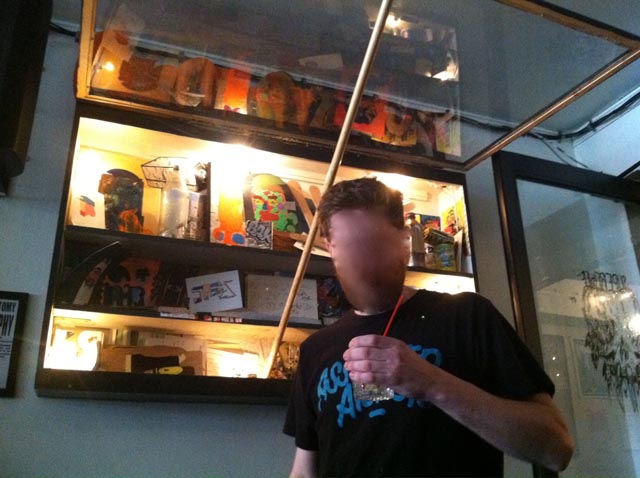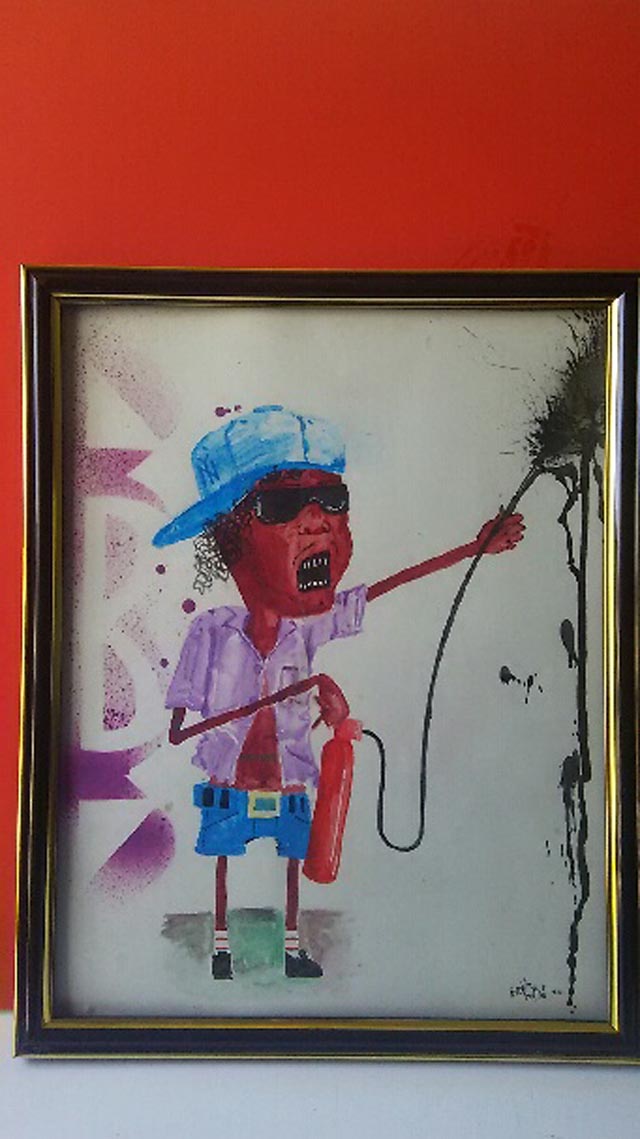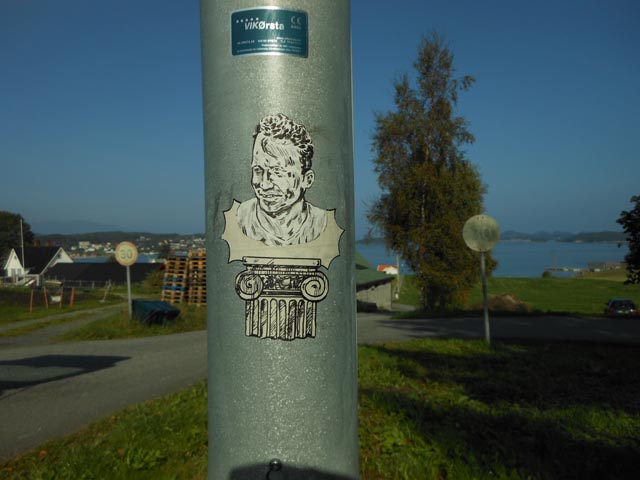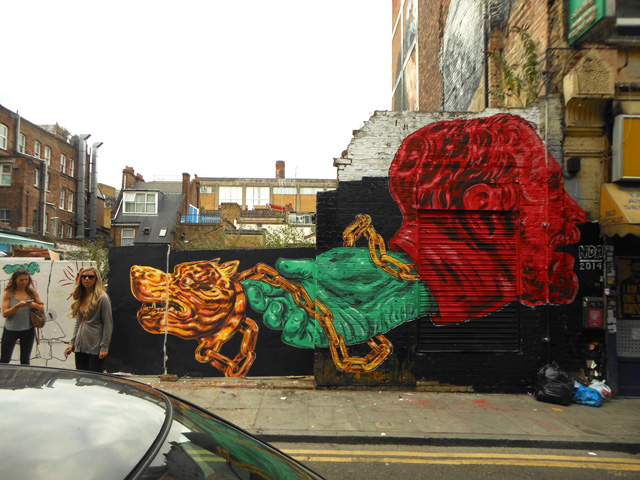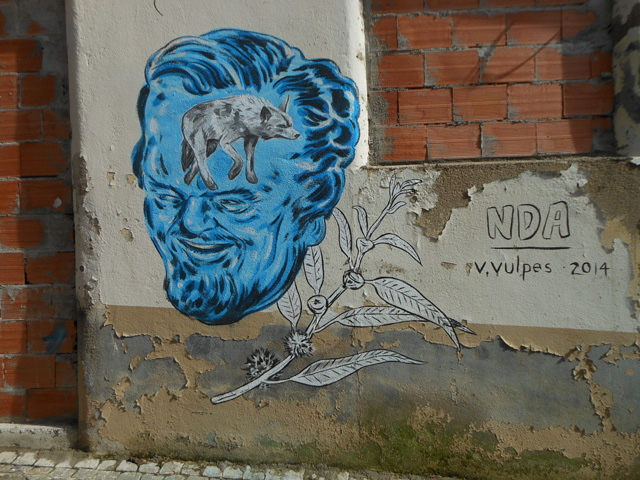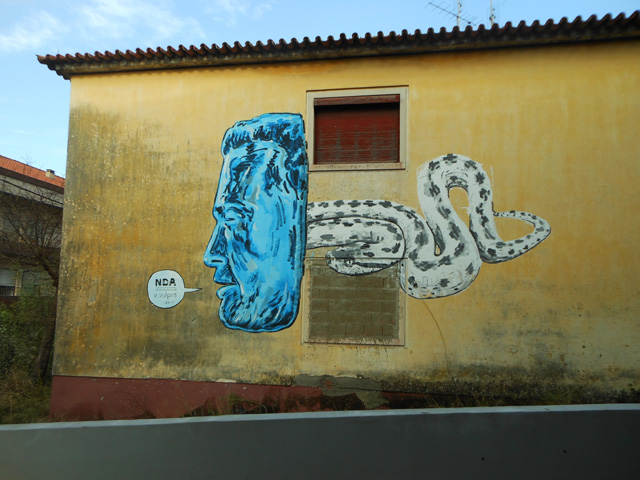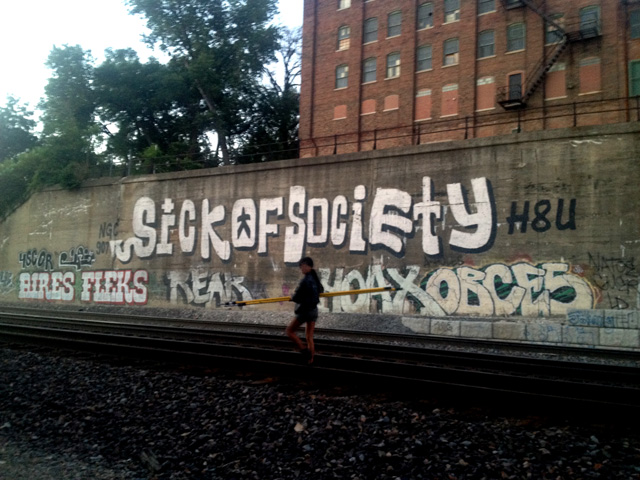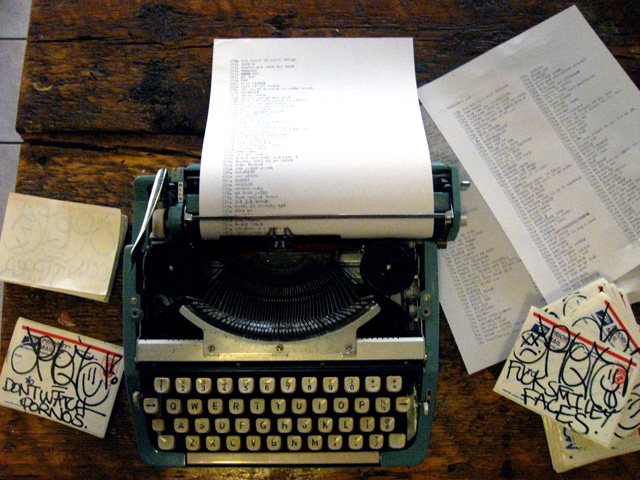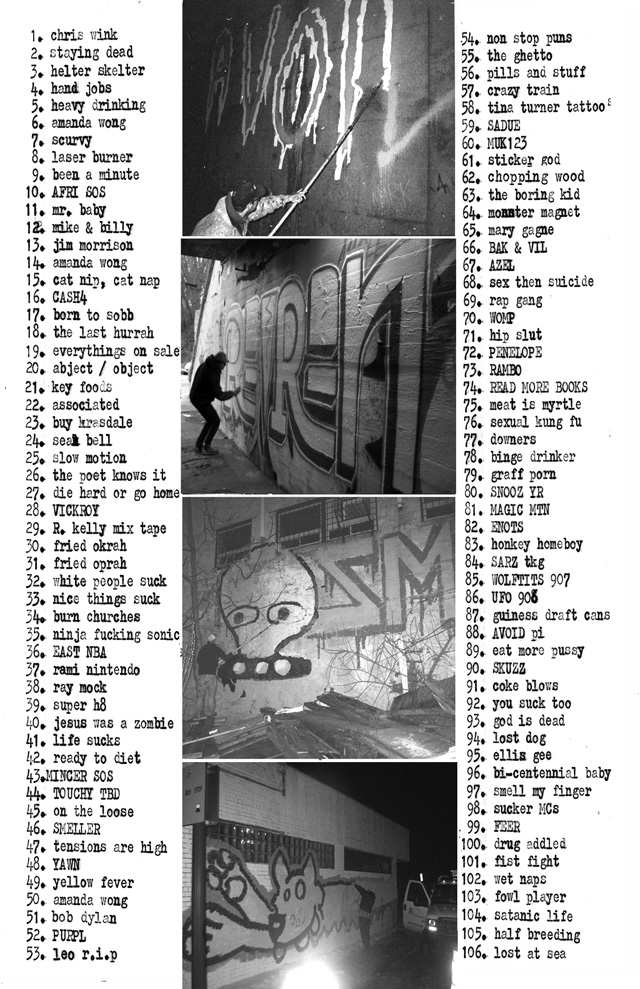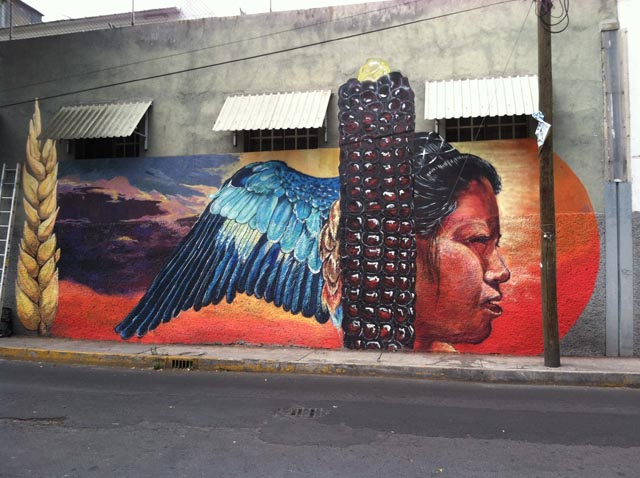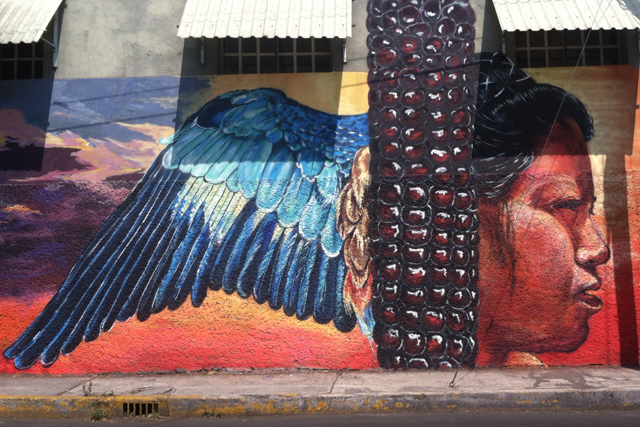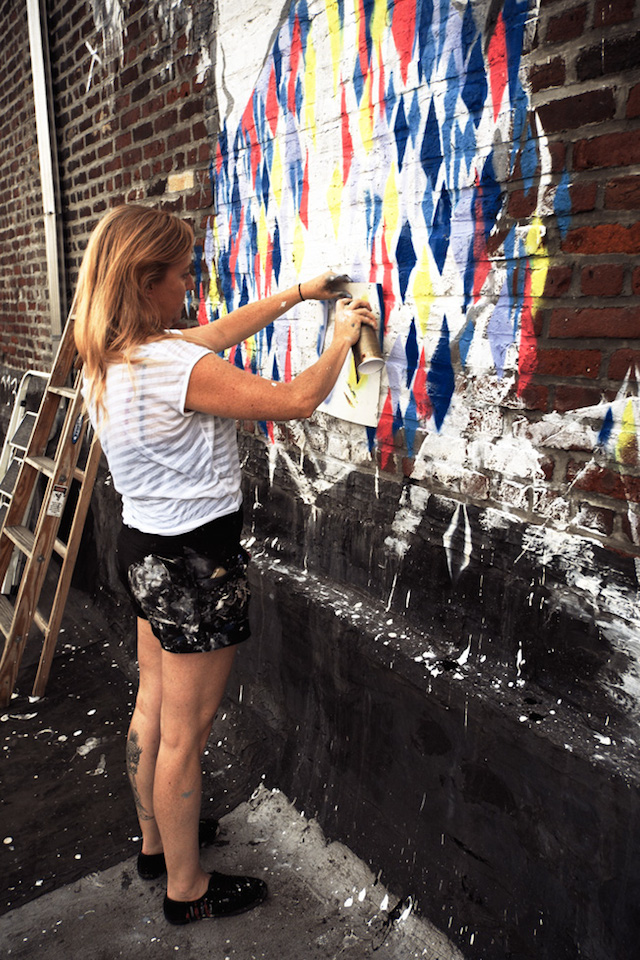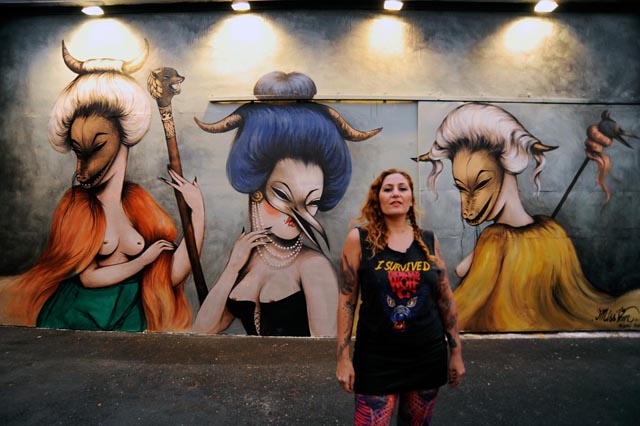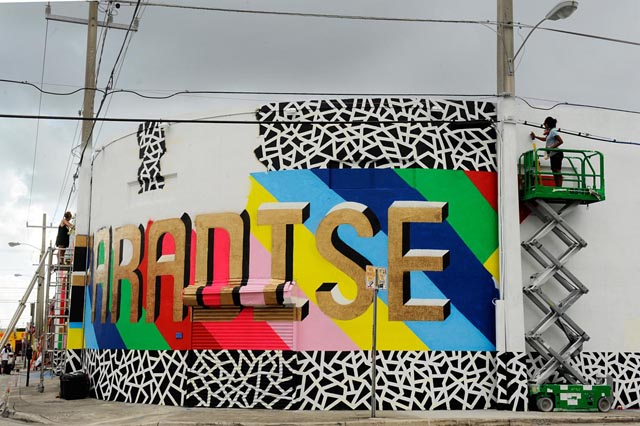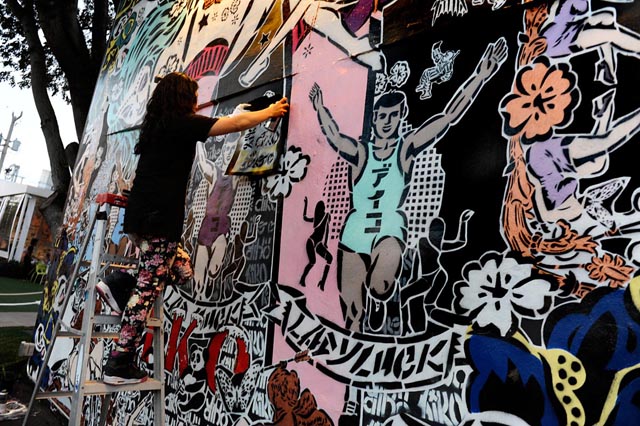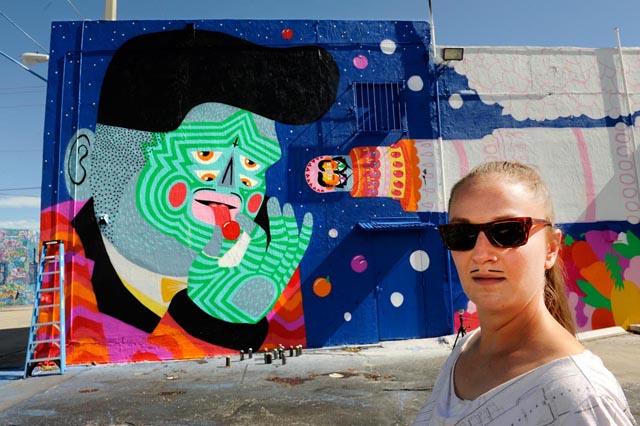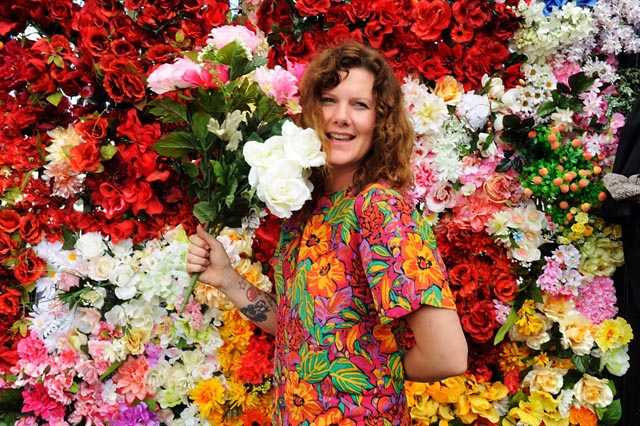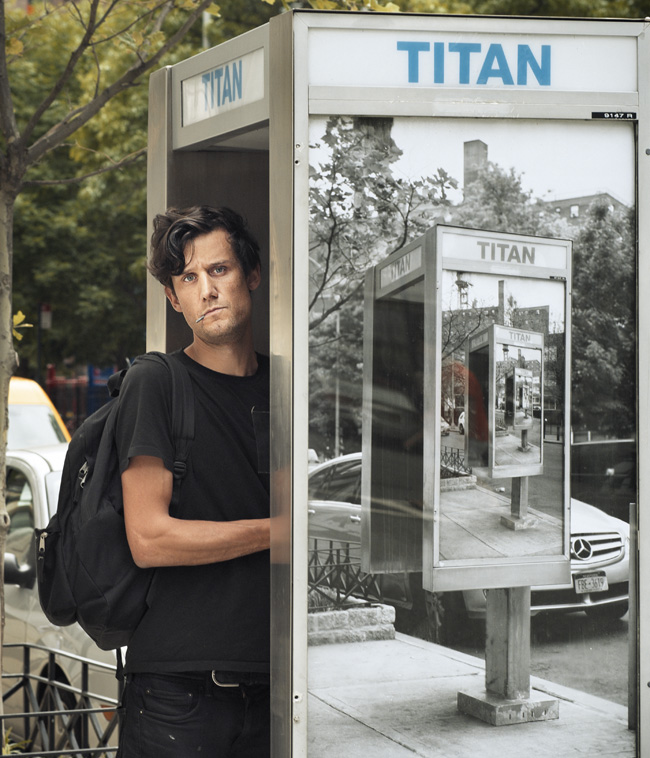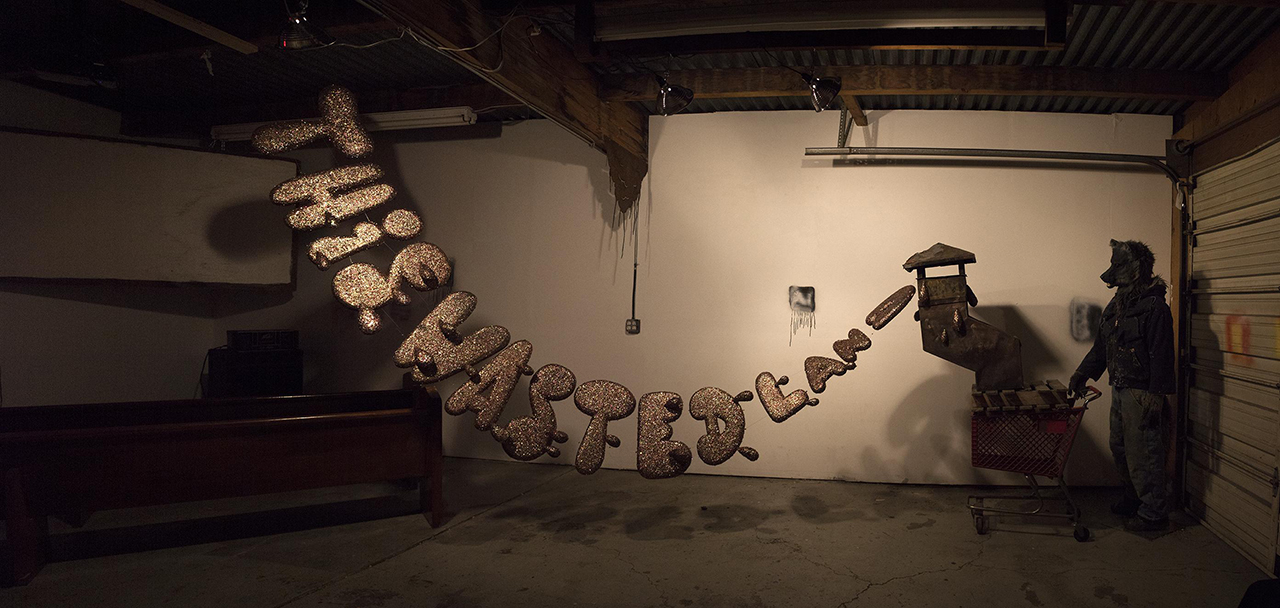
The word sideshow comes up several times in conversation when discussing the traveling installation centered on Andrew H. Shirley’s Wastedland 2 film. The touring exhibition is as much of a whirlwind as the artist himself, connecting collaborators from across the country in an ever-evolving project.
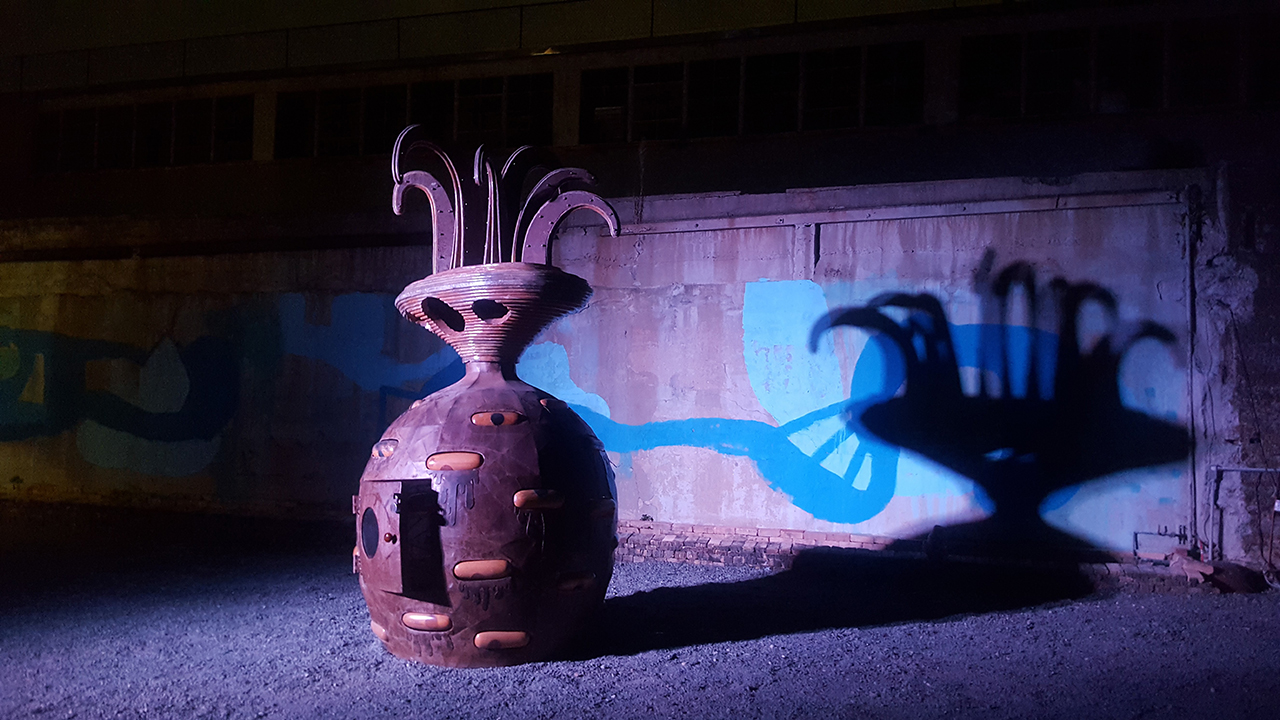
While the upcoming screening of Wastedland 2 this Friday at Superchief Gallery is the first screening with an emphasis on audience participation through costumes, the film had previously shown in New York City at the Knockdown Center. At this venue, from the moment I stepped into the installation it felt like a family reunion, a theme that is echoed throughout the film. It was a feeling I couldn’t quite put my finger on, and decided it was probably all the personal connections I had with the people and left it at that. However, when I went to interview Andrew, I had to ask if he could illuminate why even people I knew who were not personally familiar with the crews involved still came away with this sense of kinship. Shirley explained, “In many ways Wastedland 2 created not only a new platform of film exhibition, but perhaps exemplified the idea of collaborative action and support from a community that is sometimes over looked as far as how genuinely loyal and generous they are. The graffiti community not only looks out for each other, but they are a family that looks out for people in need- in many ways.” From assisting in the entry of buildings to a floor to call a safe home for the night, the filmmaker was quick to name all of the people and places who helped him out. It may not have been a direct connection, but maybe a friend of a friend, because as he stated they are the family that always looks out for one another.
Beyond these overarching themes, I was curious about how the process varied city to city, having only attended the Knockdown Center screening myself. Continue reading “Andrew H. Shirley’s Traveling Sideshow Visits Superchief Gallery for Halloween”


